CARING WITH FAMILY
|
| The level of warmth a breed exhibits towards their family members or acquaintances can vary significantly. Certain breeds may seem distant with everyone except their owner whereas others display a friendly disposition towards everyone they recognize treating them as their closest companions. |
LOVE WITH CHILDREN
Unwise
Good With Children
|
| The friendliness of a breed towards other dogs can vary. While it is essential to supervise interactions and introductions between dogs, certain breeds are naturally more inclined to get along with other dogs, both in a home setting and in public. |
BEHAVIOR WITH DOGS
Unwise
Good With Other Dogs
|
| The extent to which a breed can tolerate and be patient with children's behavior and their overall compatibility with families can vary. It's important to note that dogs should always be supervised around young children or any children who have limited exposure to dogs. |
SHEDDING LEVELS & MANAGEMENT
No Shedding
Hair Everywhere
|
| The amount of fur and hair a breed tends to leave behind can vary. Breeds that shed heavily will require more frequent brushing, are more likely to trigger allergies in certain individuals, and may require more consistent vacuuming and lint-rolling to manage the amount of loose hair. |
COAT GROOMING STANDARDS
|
| The grooming needs of a breed can vary in terms of bathing, brushing, trimming or other coat maintenance. When considering a breed it's important to assess the time, patience, and budget you have available for grooming. Keep in mind that all breeds require regular nail trimming. |
DROOLING INTENSITY
Less Likely to Drool
Always Have a Towel
|
| The tendency of a breed to drool can vary. If you value cleanliness and prefer to avoid dogs that leave ropes of slobber on your arm or big wet spots on your clothes. It may be best to consider breeds that are not prone to excessive drooling. |
COAT STYLES GUIDE |
| Smooth, Double |
| COAT SPECTRUM |
| Short |
FRIENDLINESS
Reserved
Everyone Is My Best Friend
|
| The level of welcoming behavior a breed exhibits towards strangers can vary. Certain breeds may be reserved or cautious around all strangers regardless of the location, while others will display a friendly and enthusiastic attitude towards meeting new humans whenever they are around. |
LIVELINESS
Only When You Want To Play
Non-Stop
|
| The level of enthusiasm a breed has for play can vary and may continue past the puppyhood stage. Certain breeds will maintain a strong desire to play games like tug-of-war or fetch well into their adult years. On the other hand some breeds may be content with relaxing on the couch and enjoying quieter activities with their owners most of the time. |
VIGILANCE INTENSITY
What's Mine Is Yours
Vigilant
|
| Certain breeds have a natural tendency to alert their owners when strangers are around. They are more likely to react to potential threats such as the arrival of the mailman or a squirrel outside the window. However, it's important to note that these breeds can still warm up to strangers who enter the house and are accepted by their family members. |
ADAPTATION CAPACITY
Lives For Routine
Highly Adaptable
|
| The adaptability of a breed to handle change can vary. Some breeds are more flexible and can easily adjust to changes in living conditions, noise levels, weather and daily schedules. These breeds tend to be more resilient and can adapt well to various variations in day-to-day life. Other breeds may be more sensitive to changes and may require a more stable and consistent environment to feel at ease. |
OBEDIENCE LEVEL
Self-Willed
Eager to Please
|
| The ease of training and the willingness of a dog to learn new things can vary by breed. Some breeds have a strong desire to please their owners and are highly trainable. They are eager to learn and are motivated to make their owner proud. On the other hand, some breeds may exhibit more independent tendencies. They may be less interested in following commands and prefer to do as they please when and where they please. Understanding the breed's general disposition can give you an idea of how easy or challenging the training process may be. |
STAMINA LEVEL
|
| The amount of exercise and mental stimulation a breed requires can vary. High-energy breeds are typically energetic and enthusiastic about physical activities. They thrive on running, jumping, and playing and require ample exercise throughout the day to keep them satisfied. On the other hand, low-energy breeds have a more relaxed demeanor and are content with moderate exercise. They are often happy to lounge around and enjoy quieter activities. Understanding a breed's energy level can help in determining the appropriate amount of exercise and mental stimulation they require for their well-being. |
VOCALIZATION
|
| Infrequent |
LEARNING CURIOSITY LEVEL
Happy to Lounge
Needs a Job or Activity
|
| The amount of mental stimulation a breed requires to stay happy and healthy can vary. Purpose-bred dogs or those with specific jobs or roles often have a need for mental engagement. These dogs may require activities that involve decision-making, problem-solving, concentration or specific tasks. Without adequate mental stimulation, they may become bored or restless and may find their own ways to keep their minds occupied which may not align with your preferences. Providing appropriate mental exercises such as puzzle toys training sessions or interactive games can help fulfill their cognitive needs and prevent the development of unwanted behaviors. |
| COLORS |
|
Description
|
Registration Code
|
|
Black
|
007
|
|
Black & Tan
|
018
|
|
Fawn
|
082
|
|
Red & Tan
|
250
|
|
Red
|
140
|
|
Chocolate
|
071
|
|
Blue
|
037
|
|
| PATTERNS | … |



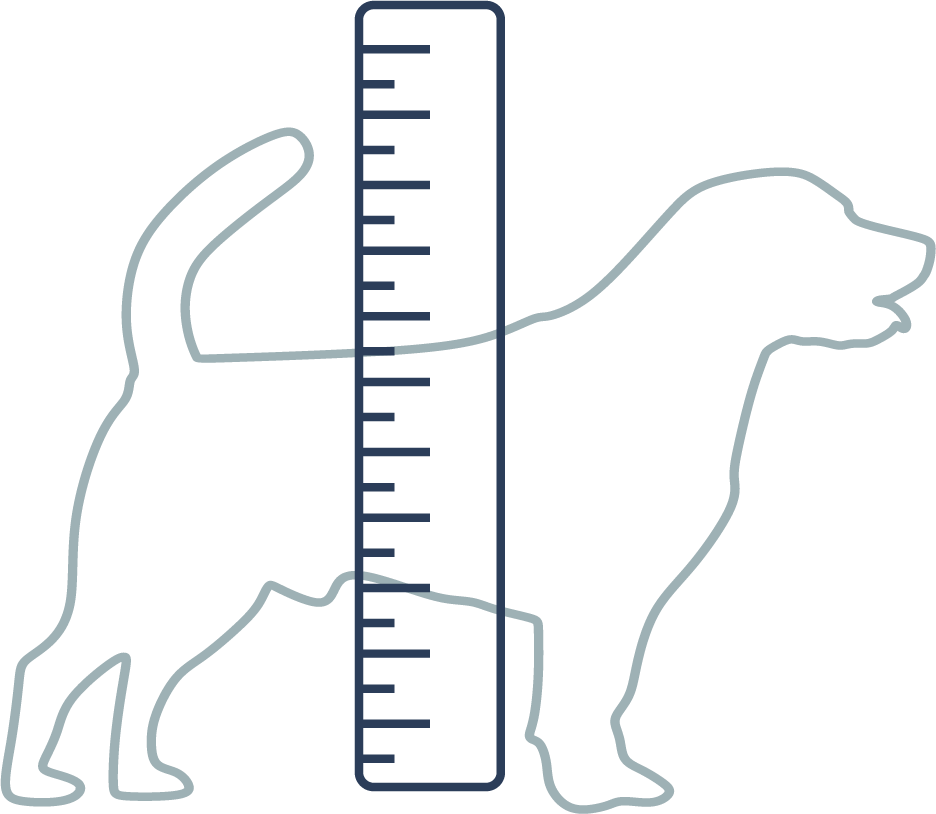


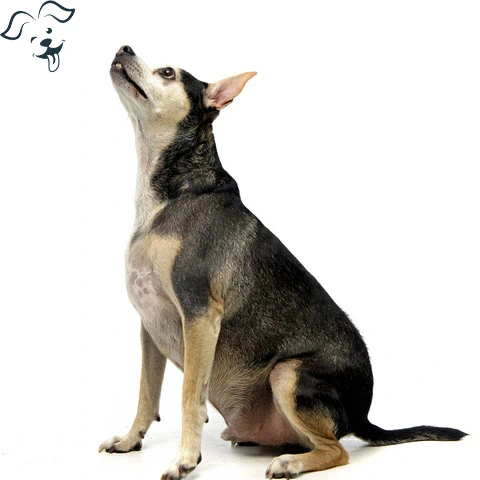
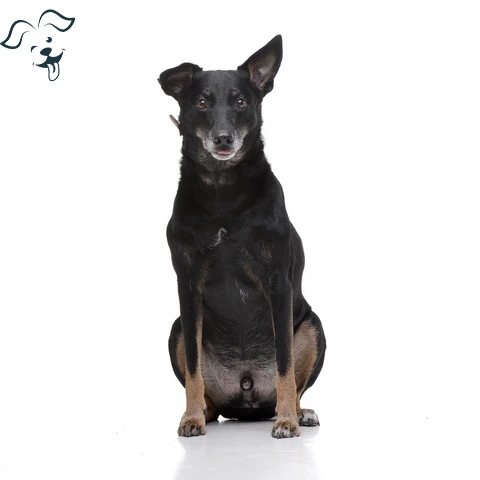
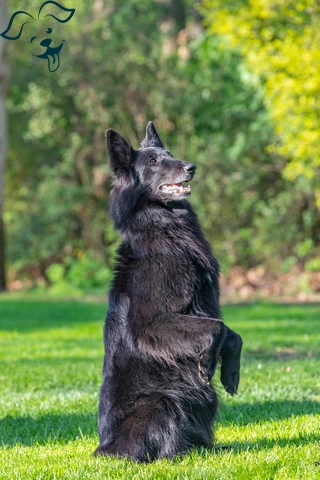
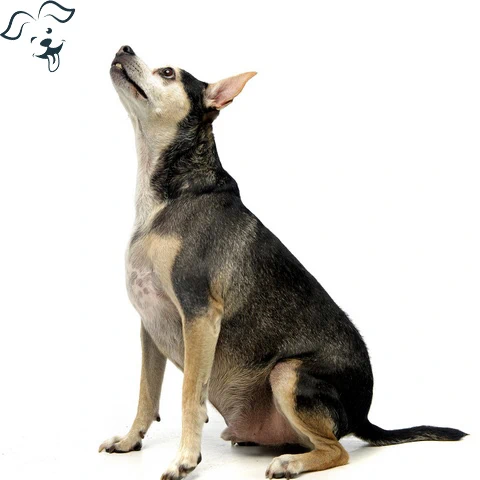






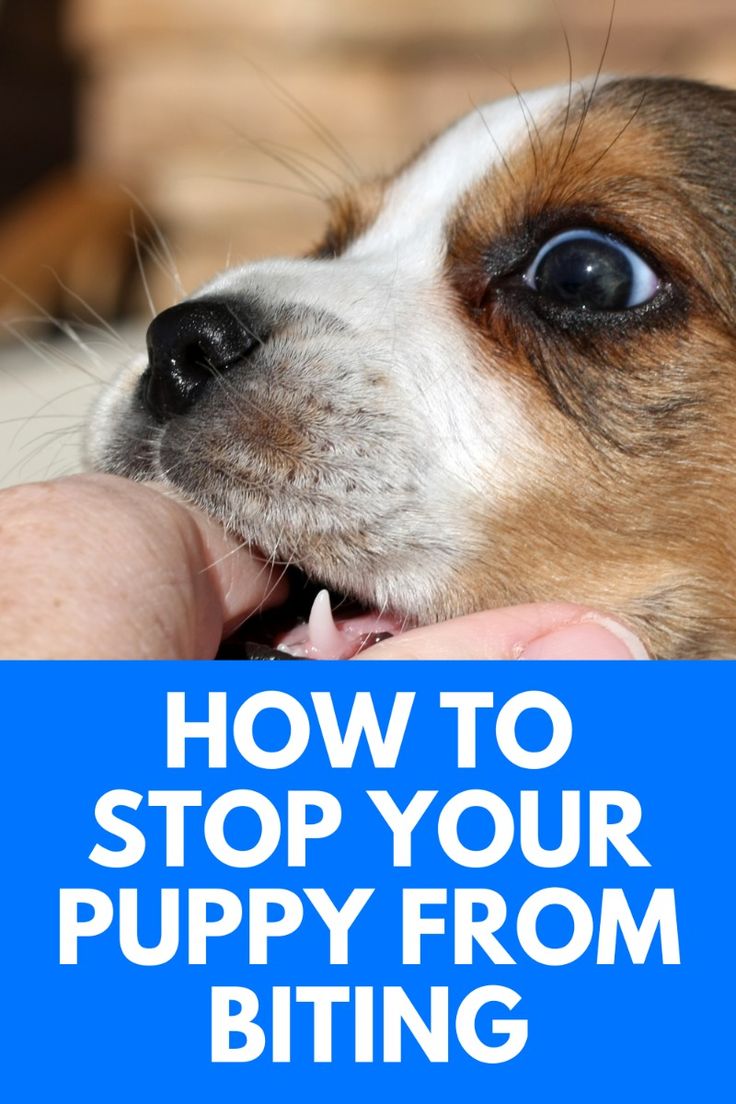
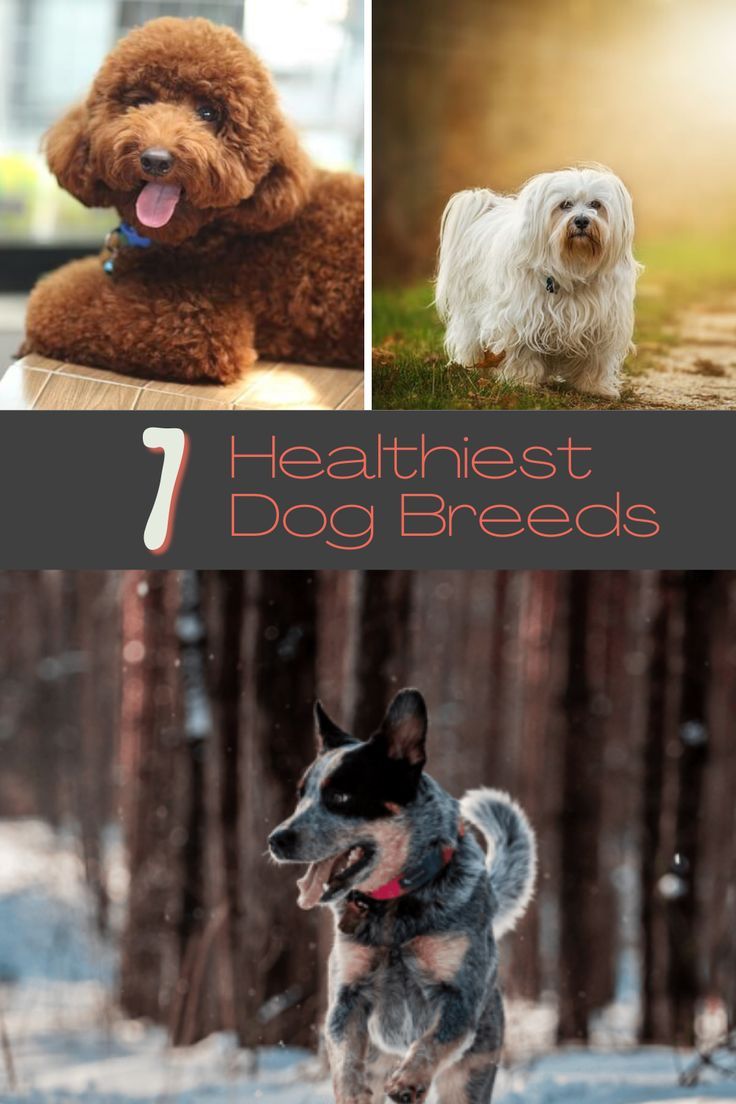

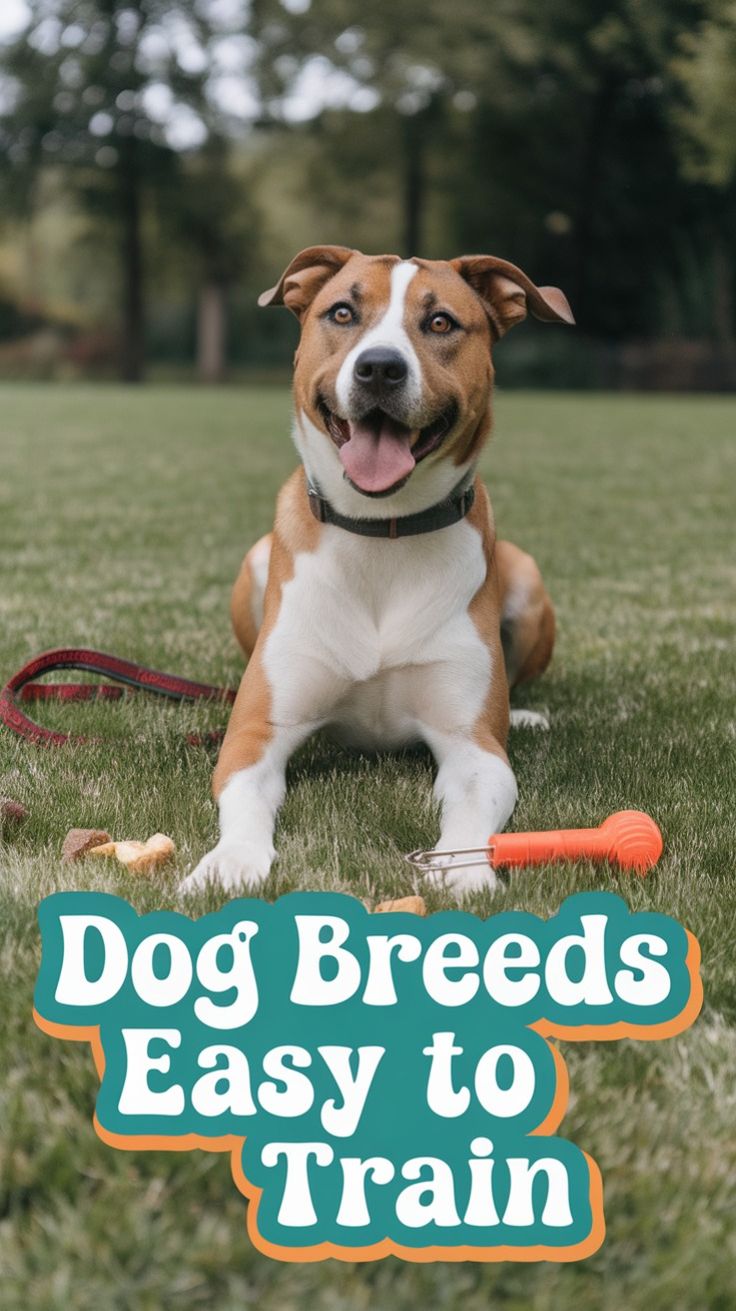
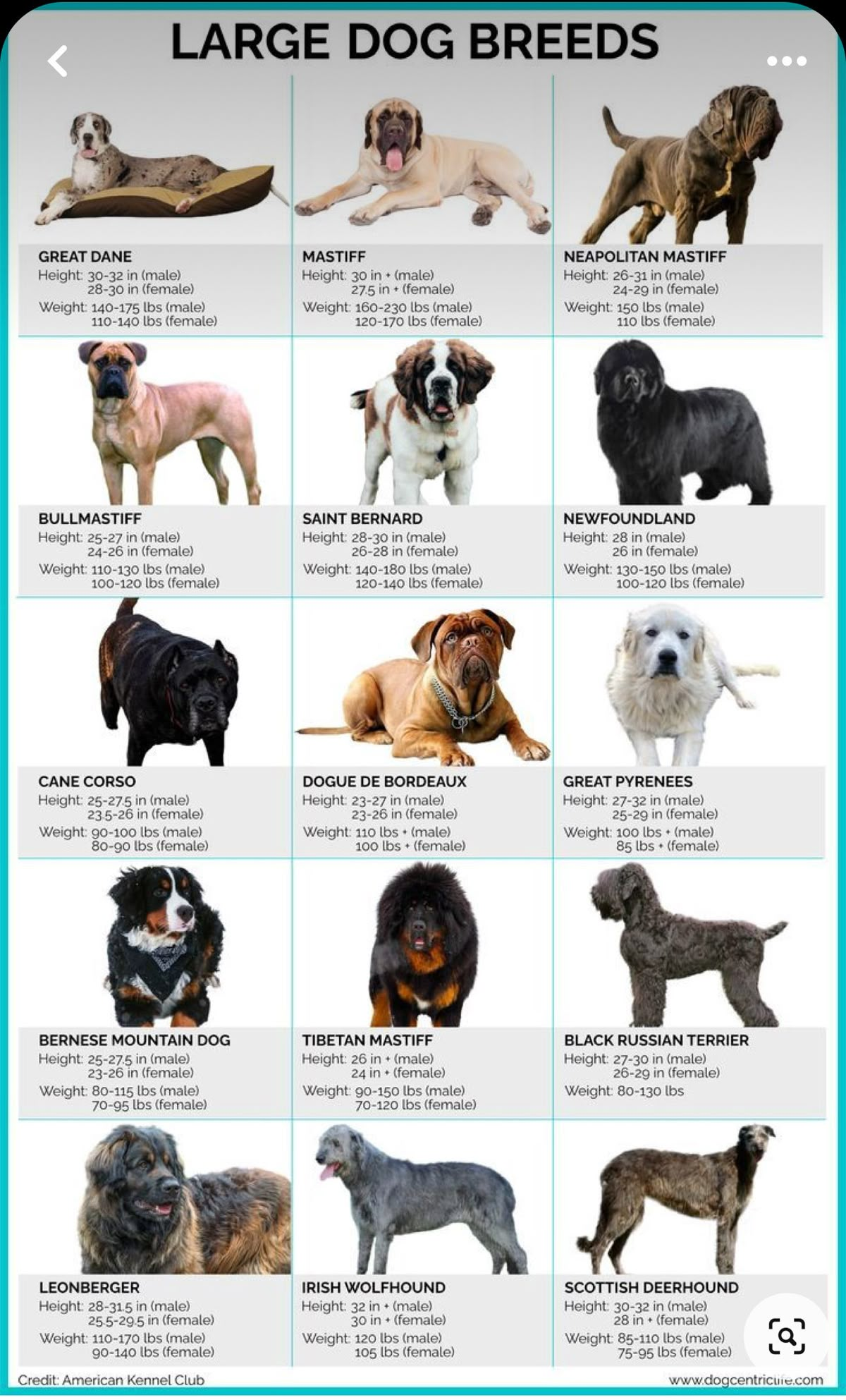

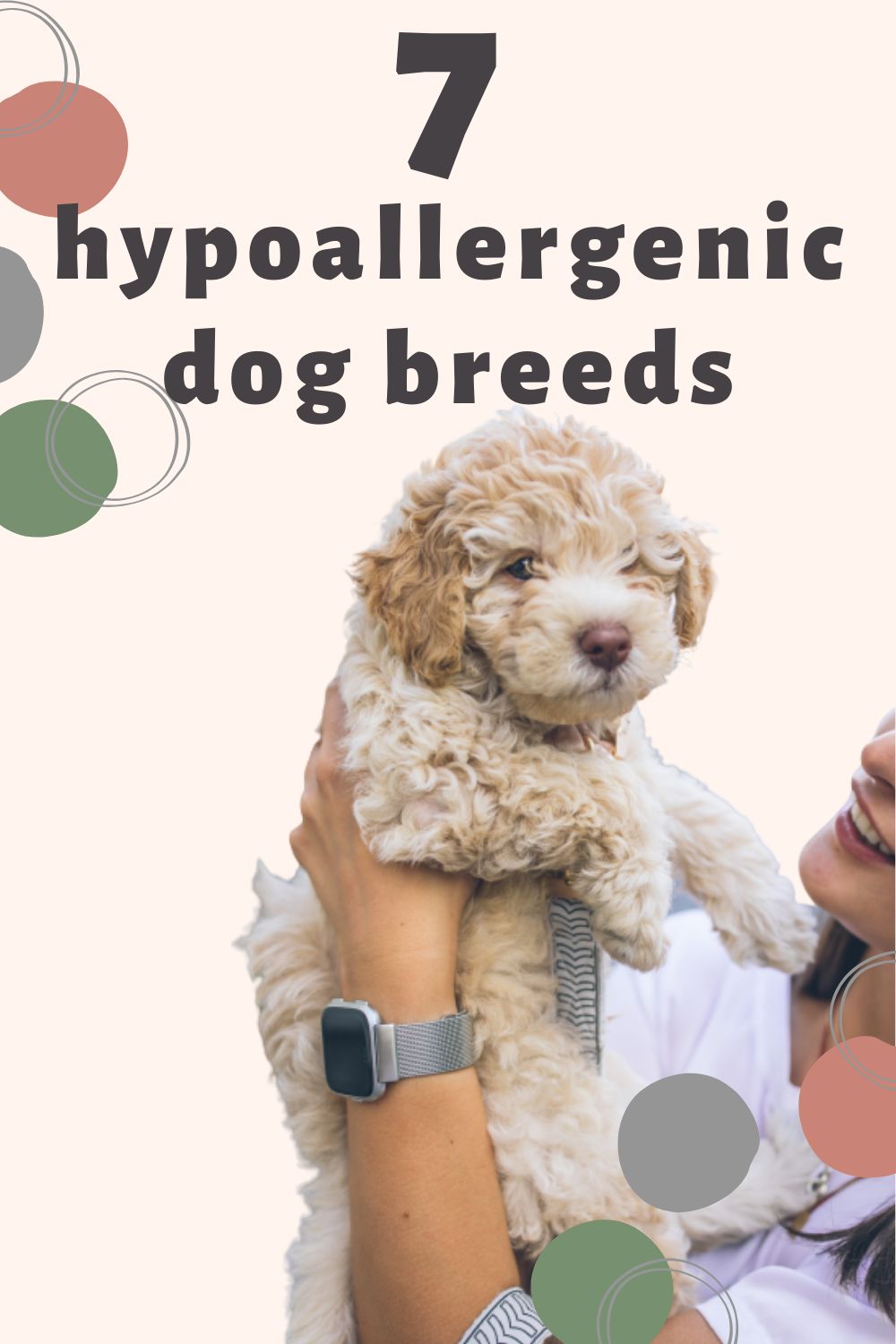
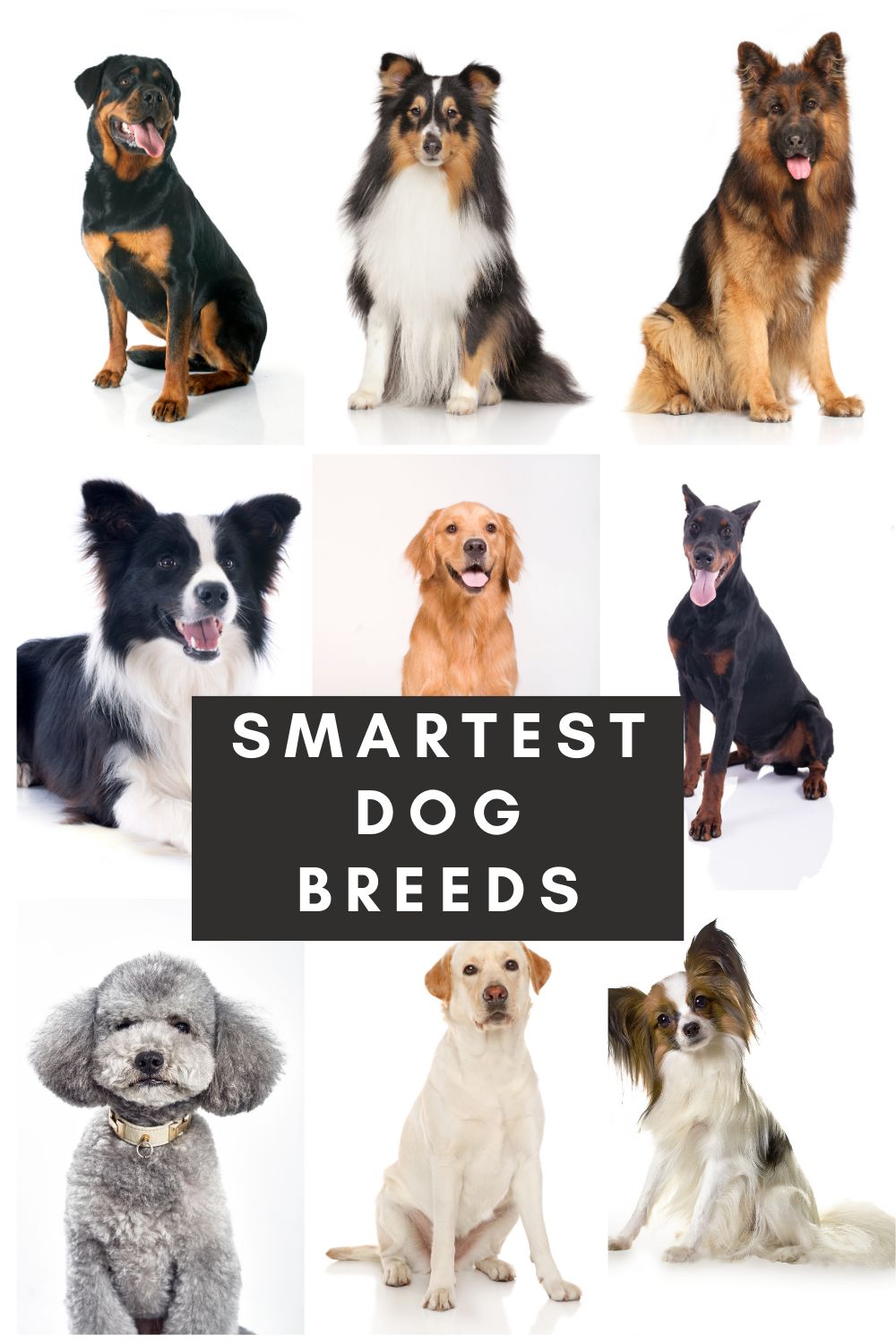

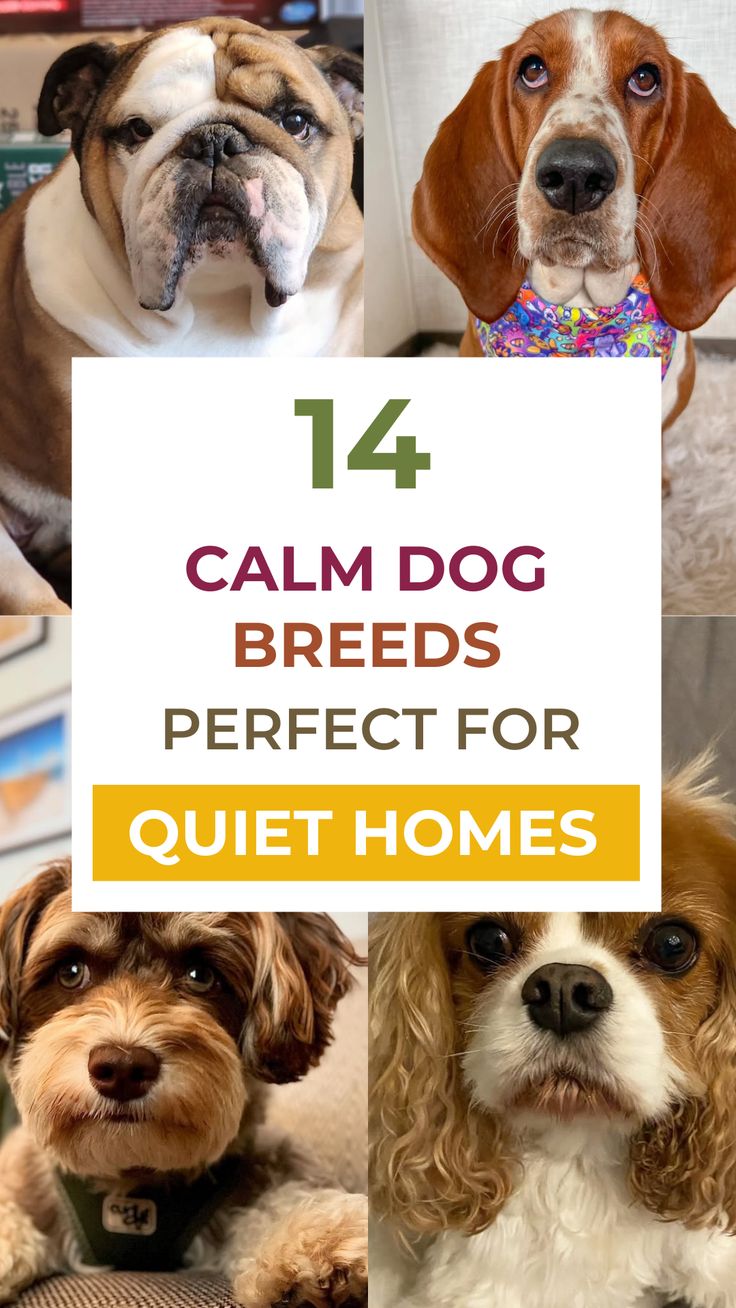

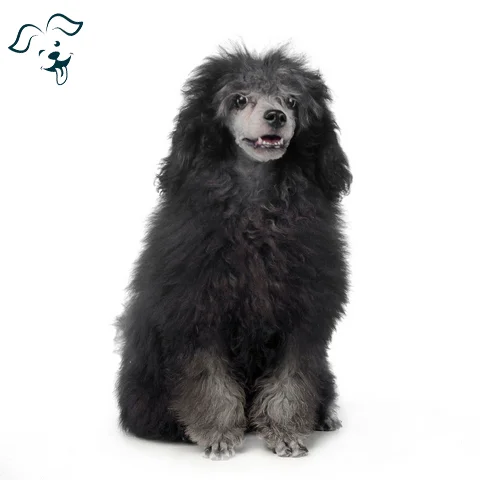

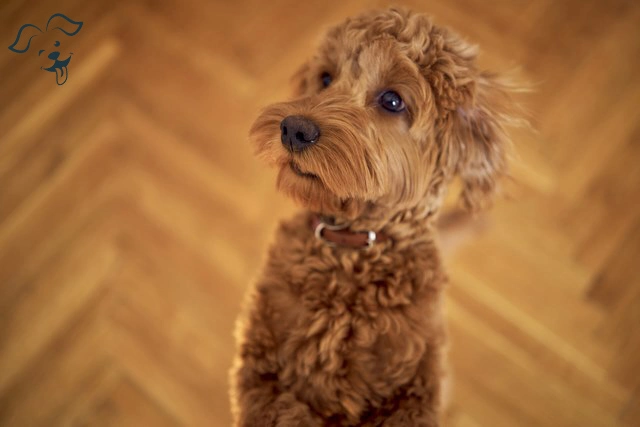
FRIENDLINESS
LIVELINESS
VIGILANCE INTENSITY
ADAPTATION CAPACITY